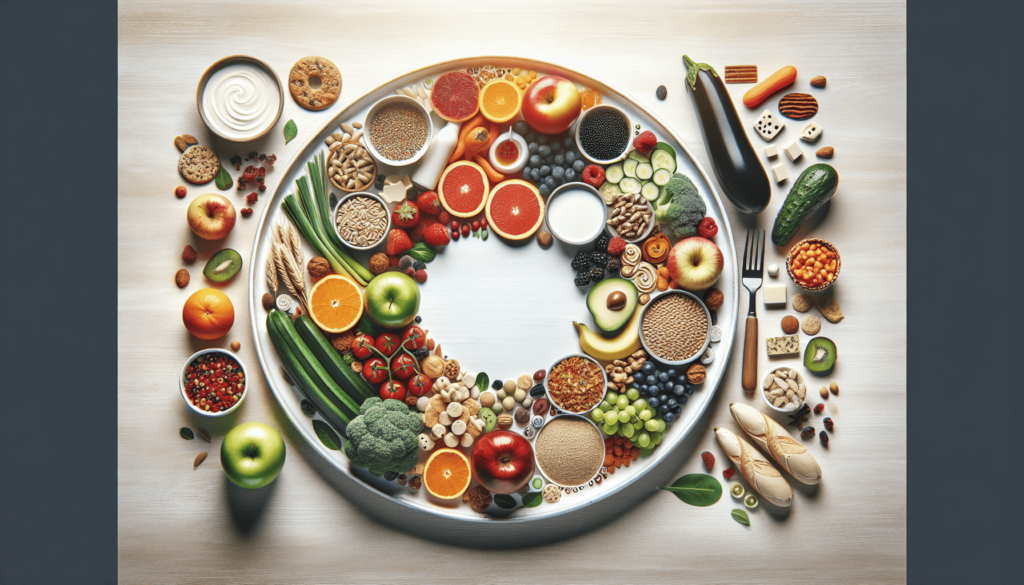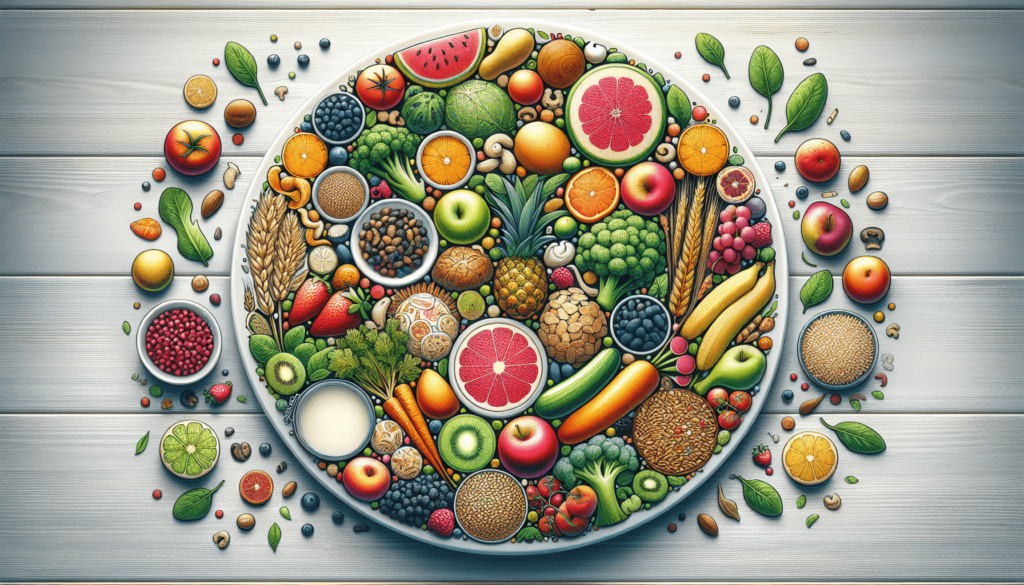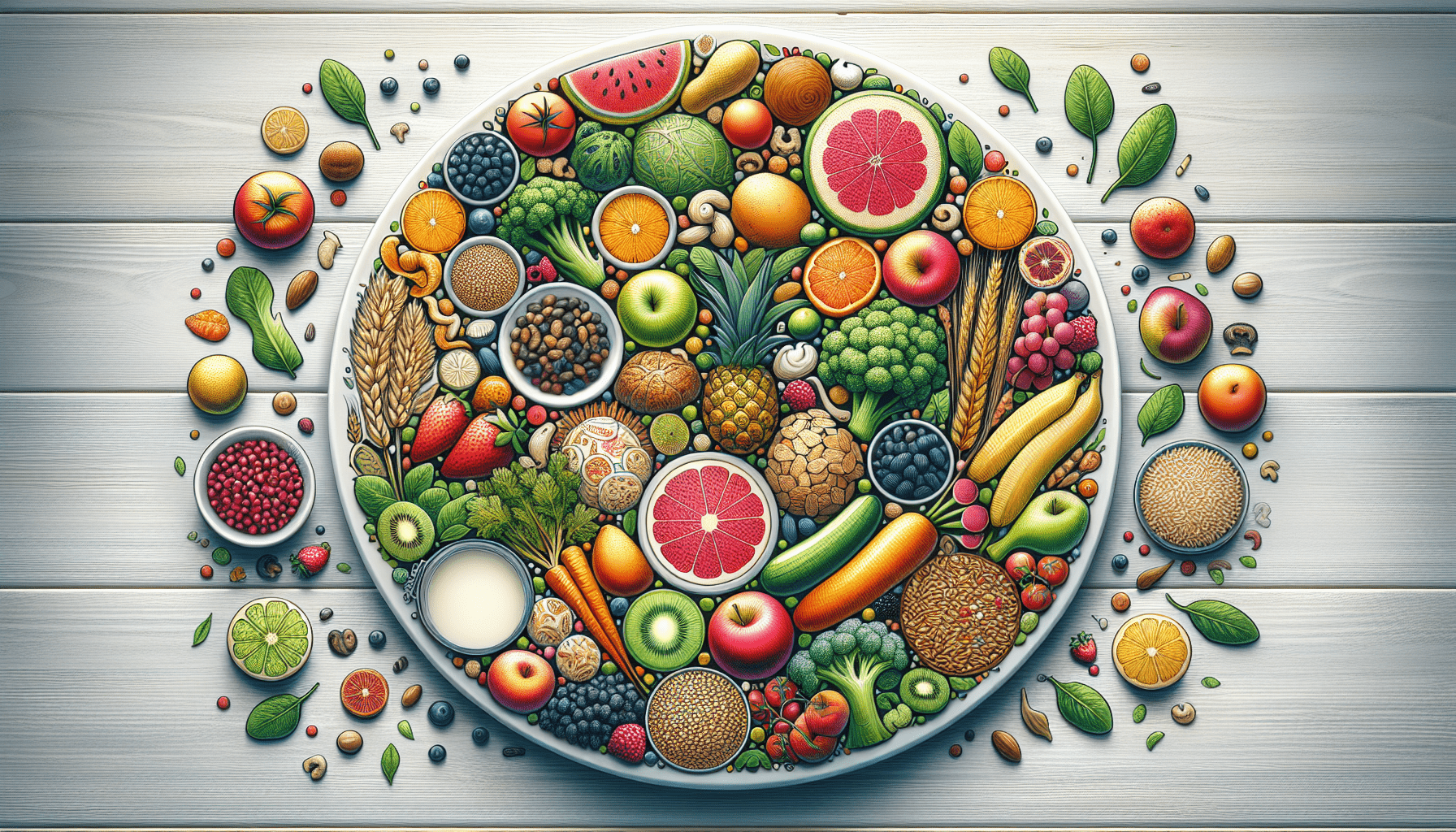Have you ever felt overwhelmed by the sheer volume of information out there about food allergies and special diets? You’re not alone. Many people face challenges and uncertainties when it comes to managing dietary restrictions, whether due to medical needs or personal choices. Understanding and navigating these complexities can be easier than you think, and this article will help guide you through the essential aspects.
Understanding Food Allergies
Food allergies can be daunting, but knowing the basics is the first step in managing them effectively.
What is a Food Allergy?
A food allergy occurs when your immune system mistakenly identifies a harmless food as a threat and reacts against it. Unlike food intolerances, which typically affect your digestive system, food allergies can involve serious and sometimes life-threatening responses.
Common Food Allergens
The most common food allergens are often referred to as the “Big Eight.” These include:
| Allergen | Common Examples |
|---|---|
| Milk | Cheese, butter, yogurt |
| Eggs | Baked goods, mayonnaise, certain pastas |
| Peanuts | Nut butters, snacks, baked goods |
| Tree Nuts | Almonds, walnuts, cashews |
| Soy | Soy sauce, tofu, edamame |
| Wheat | Bread, pasta, cereals |
| Fish | Salmon, tuna, cod |
| Shellfish | Shrimp, crab, lobster |
Recognizing these allergens and carefully reading food labels can help you avoid accidental exposure.
Symptoms of Food Allergies
Symptoms can range from mild to severe and may appear immediately or several hours after eating. Here’s what you might experience:
- Hives or skin rash
- Swelling of lips, face, or throat
- Difficulty breathing
- Stomach pain, diarrhea, or vomiting
- Anaphylaxis (a severe, potentially life-threatening reaction)
If you suspect a food allergy, consult with a healthcare provider for proper testing and diagnosis.
Managing Food Allergies
Living with food allergies requires careful planning, but it’s entirely manageable with the right strategies.
Reading Food Labels
Understanding food labels is crucial. In many countries, manufacturers are required to disclose common allergens on packaging. Look for phrases like “Contains,” “May Contain,” or “Processed in a facility that also processes.” These phrases give clear indications to help you make safer food choices.
Cross-Contamination Prevention
Preventing cross-contamination is vital, especially if you’re preparing meals at home. Here are some tips:
- Use separate utensils and cutting boards for allergen and non-allergen foods.
- Clean surfaces thoroughly.
- Wash hands frequently.
- Be cautious when dining out and ask about food preparation practices.
Allergy Action Plan
Having an action plan can save lives. Your plan should include:
- A list of diagnosed allergens
- Emergency contact information
- Steps to take in case of exposure (e.g., administering epinephrine with an EpiPen)
- Instructions for friends, family, or caregivers

Special Diets
Whether for health, ethical, or personal reasons, many people follow special diets. Here’s how you can navigate some common ones.
Gluten-Free Diet
A gluten-free diet eliminates gluten, a protein found in wheat, barley, and rye. It’s essential for those with celiac disease or gluten sensitivity.
What to Eat
- Naturally gluten-free grains: rice, quinoa, and corn
- Fresh fruits and vegetables
- Meat, fish, and poultry
- Dairy products
- Legumes and nuts
What to Avoid
- Wheat, barley, and rye
- Bread, pasta, and cereals containing gluten
- Many processed foods like soups, sauces, and dressings that may contain gluten as a stabilizer
Vegetarian and Vegan Diets
These diets are centered around plant-based foods, but there are key differences.
Vegetarian Diet
Vegetarians do not consume meat but may include other animal products like dairy and eggs.
| Food Category | Examples |
|---|---|
| Fruits and Vegetables | Apples, spinach, carrots |
| Grains | Rice, oats, whole wheat |
| Proteins | Legumes, beans, tofu |
| Dairy | Milk, cheese, yogurt |
| Eggs | Scrambled, boiled, baked goods |
Vegan Diet
Vegans eliminate all animal products, including dairy, eggs, and honey.
| Food Category | Examples |
|---|---|
| Fruits and Vegetables | Berries, kale, bell peppers |
| Grains | Quinoa, brown rice, millet |
| Proteins | Beans, lentils, tempeh |
Low-Carb Diet
A low-carb diet restricts carbohydrate intake and emphasizes proteins and fats. It’s popular for weight loss and managing blood sugar levels.
What to Eat
- Meat, fish, and poultry
- Eggs
- Low-carb vegetables like spinach, broccoli, and zucchini
- Nuts and seeds
- High-fat dairy products like cheese and butter
What to Avoid
- Sugary foods and desserts
- Bread, pasta, and grains
- High-carb fruits like bananas and grapes
- Starchy vegetables like potatoes
Combining Multiple Special Diets
Sometimes, you might need to navigate multiple dietary restrictions simultaneously. For instance, managing both a gluten-free and vegan diet can be challenging but achievable.
Tips for Combined Diets
- Focus on what you can eat rather than what you can’t.
- Plan meals ahead to avoid stress and ensure balanced nutrition.
- Look for recipes that cater to both restrictions.
- Utilize online resources and communities for support and ideas.
Example: Gluten-Free Vegan Diet
| Food Category | Examples |
|---|---|
| Fruits and Vegetables | Avocado, berries, leafy greens |
| Grains | Gluten-free oats, brown rice |
| Proteins | Chickpeas, black beans, lentils |
| Fats | Olive oil, coconut oil, nuts |

Dining Out with Food Allergies and Special Diets
Dining out can be one of the most stressful situations, but it doesn’t have to be. Here’s how you can make it easier.
Research Restaurants
Before heading out, research restaurants and check their menus online. Many places now offer dietary information and allergen menus.
Communicate Your Needs
Don’t hesitate to communicate your dietary needs to the restaurant staff. Here are some helpful tips:
- Call ahead to speak with the manager or chef.
- Clearly explain your allergens or dietary restrictions.
- Ask detailed questions about food preparation and ingredient sourcing.
- Be polite but firm about what you can and cannot have.
Safe Dining Practices
- Avoid buffets, as cross-contamination is more likely.
- Opt for simple dishes with minimal ingredients.
- Bring your emergency medication, such as an EpiPen, just in case.
Traveling with Food Allergies and Special Diets
Traveling presents unique challenges but can be enjoyable with a bit of preparation.
Plan Ahead
- Research your destination’s food scene and common ingredients.
- Identify nearby grocery stores and health food markets.
- If staying in accommodations with a kitchen, plan to prepare some of your own meals.
Bring Essentials
Pack non-perishable snacks and meal replacements that fit your dietary needs. Some great options include:
- Gluten-free crackers or granola bars
- Nut butters (if you’re not allergic)
- Ready-made meals or soups
- Protein powders or shakes
Learn Key Phrases
If you’re traveling to a non-English speaking country, learn key phrases related to your dietary restrictions. For example:
- “I am allergic to…”
- “Does this dish contain…?”
- “Can you please prepare this without…?”
Involving Friends and Family
Friends and family can be your biggest allies in navigating your dietary needs.
Educate Them
Explain the importance of your dietary restrictions and the potential consequences of exposure. Share resources, such as websites or books, to help them better understand.
Involve Them in Meal Planning
Involving your loved ones in meal planning and preparation can make dining together more enjoyable. It also ensures that you have safe food options.
Set Boundaries
It’s essential to set clear boundaries and assert your needs. Politely decline foods that don’t fit your dietary requirements, even if they were made with good intentions.
Mental and Emotional Well-Being
Navigating food allergies and special diets can take a toll on your mental and emotional health. Here’s how to keep your spirits high.
Connect with Others
Join support groups or online communities where you can share experiences and get advice. Knowing that you’re not alone can be comforting.
Focus on Positives
Concentrate on the positive aspects of your dietary lifestyle. Enjoy discovering new foods and recipes that fit within your restrictions.
Seek Professional Support
If you’re feeling overwhelmed, don’t hesitate to seek professional help from a nutritionist or therapist specialized in food-related issues. They can provide tailored advice and emotional support.
Conclusion
Navigating food allergies and special diets can seem complicated, but with the right knowledge and strategies, it becomes manageable. Understanding your needs, communicating effectively, and planning ahead are key to successfully living with dietary restrictions. Remember, the goal is to enjoy a healthy, safe, and fulfilling life, free of stress related to food and eating.
